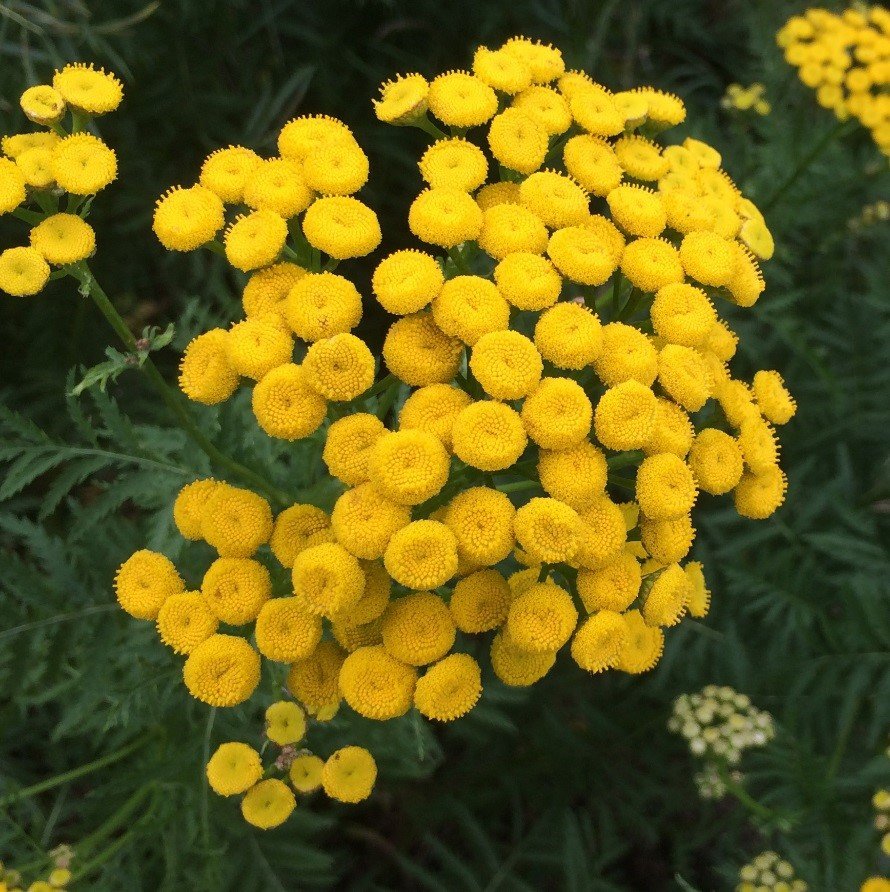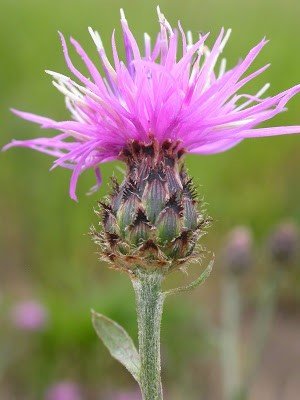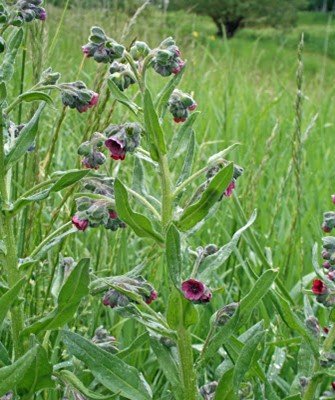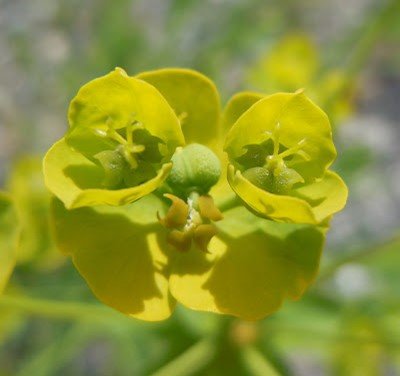What's All This About Weeds?
/North Fork Landowners Association
Today in southwestern Montana, certain weeds have earned notoriety. Blacklisted as “noxious”, “invasive”, and “alien,” they are depicted on wanted posters as outlaws like Jesse James and Ma Barker. At the same time, we are surrounding on a daily basis with non-native species that have become part of our landscape.
Perhaps the best definition of a weed is a plant growing where it is not wanted… at least not wanted by humans. It is a plant in need of a publicist.
Every year more “aliens” are added to our watch lists. With the specter of climate change and increased globalization, where should our battle against weeds go? Emma Marris in the Rambunctious Garden notes that we have grown fond of clinging to fragments of virgin landscapes and intact ecosystems. But like slivers of soap, they shrink and slip through our fingers. Rather than mourn the passing of “pre-human” nature, however, Marris takes a more optimistic approach that today’s nature, while decidedly not pristine, is abundant and it should be embraced for what it is rather than some fossilized view of nature past.
So what to do about weeds in and around southwest Montana?
First, know the bad actors that truly impact the land and its use. Leafy Spurge, Common Tansy, Canada Thistle, and Spotted Knapweed are four examples of what being noxious is all about -- they can spread rapidly, impact vegetation and soils, and alter how the land can be utilized. Species like Burdock and Houndstongue are certainly a nuisance to livestock, wildlife, and pet owners.
Second, know the best methods of control. Driving by field after field of pastures made a monoculture of Smooth Brome remind us of the dangers of indiscriminate herbicide use. Arguably a field of a variety of native and non-native grasses and forbs, including the so-called invasives is better for biodiversity than a sea of smooth brome.
Guilty of being intentional or accidental immigrants, the vast majority of non-native plant species become part of the landscape and their behaviors don’t rise to the level of harm -- which raises a vital concern. Weed spraying programs can cause more harm than good when the spray wand is in the hands of applicators who don’t recognize that every broad-leaved plant is not a weed. Fields that once abounded with prairie smoke, anemones, and other wildflowers, have been reduced to stands of non-native pasture grasses. In the name of controlling noxious weeds, we are attacking our native plant life with potential profound impacts on pollinators, birdlife, and soil health.
A noxious, invasive lineup: Tansy, Spotted Knapweed, Houndstongue, Leafy Spurge
Whitney ilt - July 2017






